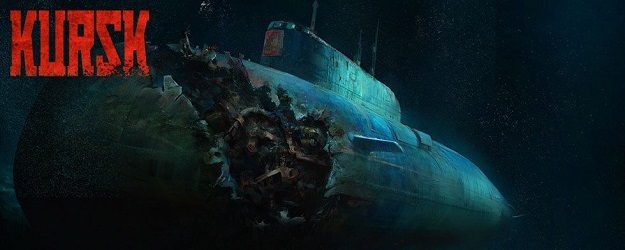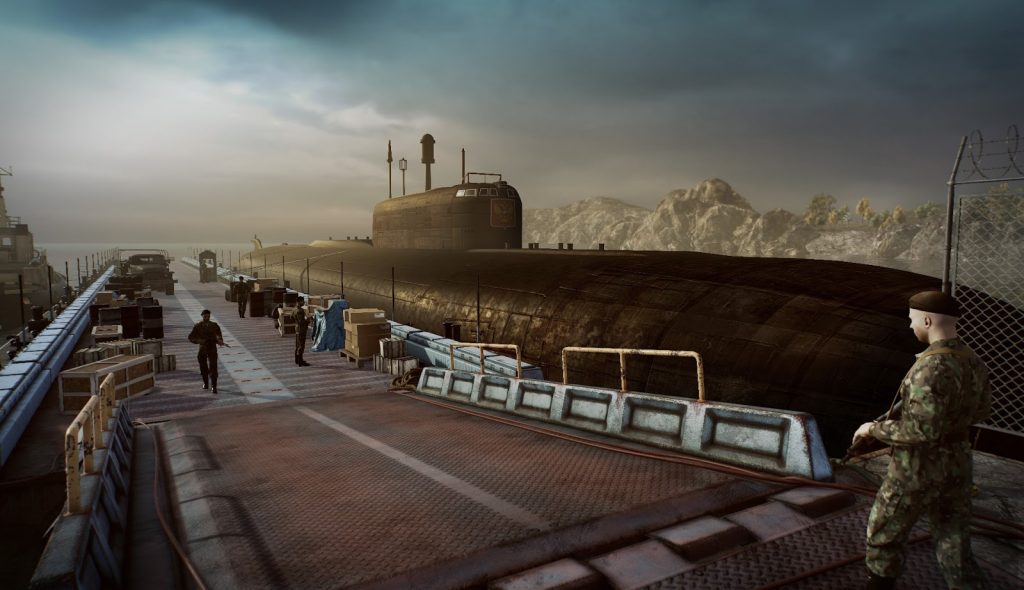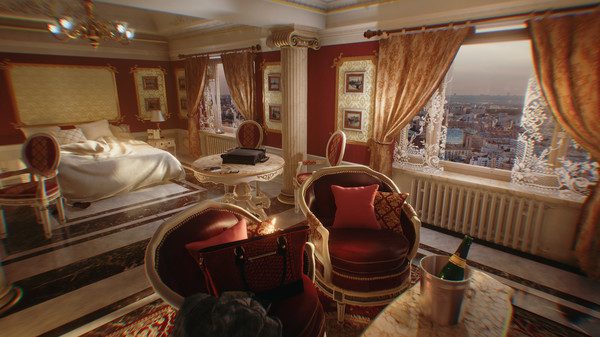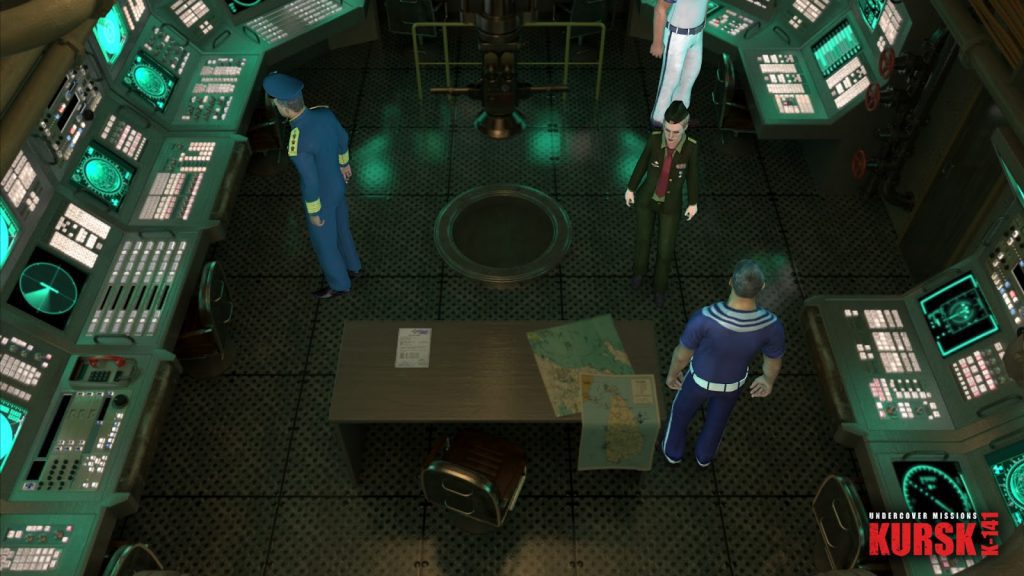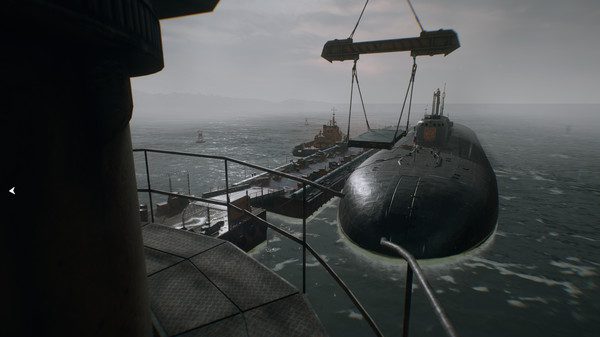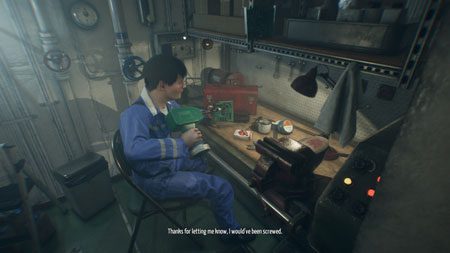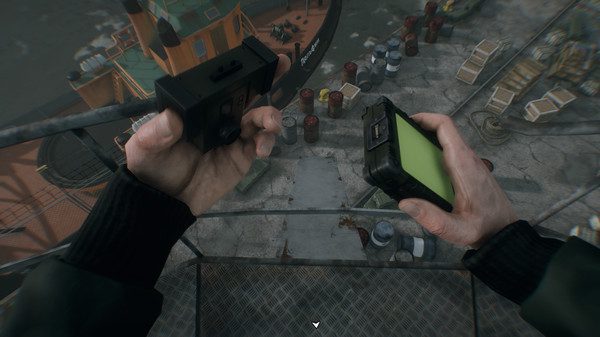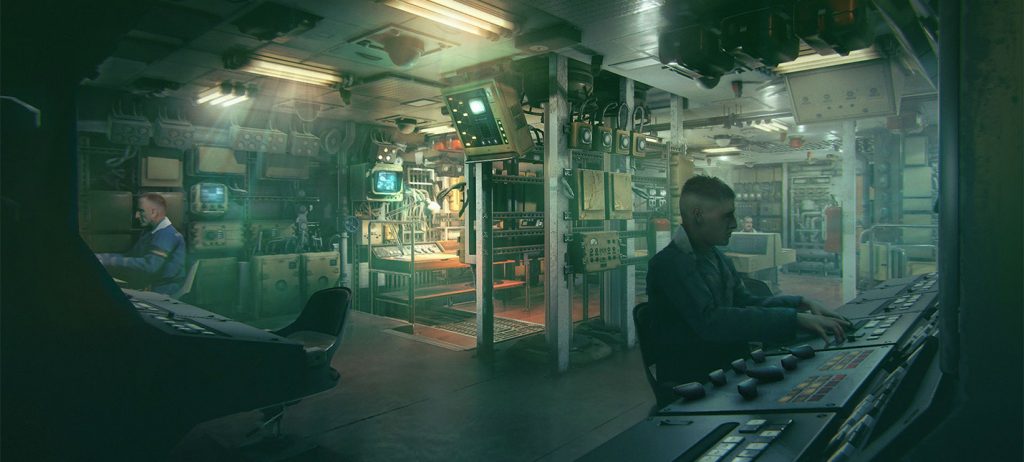KURSK is the first ever adventure and documentary video game inspired by real events. You assume the role of a spy who finds way on the Russian nuclear submarine K-141 Kursk. Your task is to collect secret information about the revolutionary Shkval supercavitating torpedoes. While trying to complete your mission, you become witness to the dramatic events which shook the world at that time.
“We believe the time has come to tell real stories. In an age in which we compete for the free time of consumers against the entire entertainment industry, including movies and TV series, and when people are less likely to read non-fiction, game producers have an additional obligation. It’s true that games are becoming more complex, offering an incredible audio-visual experience, and allowing us to lose ourselves in a virtual world, but they rarely help us grow. That is why we want to step outside the self-contained world of video game subject matter and invite players to broaden their knowledge about history or the actual world. We’re convinced that KURSK will be a very attractive title to anyone looking for an ambitious and mature game
ortress was never taken. Residents of Oryol and other southern Russian cities were resettled in Kursk (by 1678 2,800 had been resettled). The city developed due to its advantageous geographical position on the shortest route from Moscow to the Crimea and from Kiev to the Crimea.
After a fire in 1781 devastated Kursk, a new plan for the city was developed in which a market center would be at the heart of the city (it was erected in the central square, known as Red Square). In 1768 the Voskirsensko Ilinskaya Church was built (Russian: Воскресенско-Ильинская церковь). In 1778 both the Sergiev Cathedral Kazan Cathedral Baroque and Trinity Sergius Cathedral were completed. The city opened its first school for the nobility in 1783. A men’s gymnasium was opened in 1808 and a seminary in 1817. A women’s gymnasium was opened in 1870.
On November 26 (December 9,) 1917 the Soviets took power. Kornilovites came to Kursk in September 20, 1919. On September 20, 1919, troops under the command of General Denikin entered the city. On November 19, 1919, the Red Army took Kursk. The Soviet government valued Kursk for rich deposits of iron ore and developed it into one of the major railroad hubs in the Russian southwest. In 1932 in the Kursk was included Yamskaya Sloboda. In 1935 a tram system began operating in the city. In 193?, the territory of the city of Kursk was divided into Leninsky District (left bank of the Kura), Dzerzhinsky District (right bank of the Kura) and Kirov District (Yamskaya Sloboda). In 1937 Stalinsky District was formed in the southern outskirts of the city.
Rebuilding efforts in the city began in February 1944. The cultural life recovered as well: on 19 February the cinema reopened and on February 27 the drama theatre. In 1953 the tram system began operating. By 1950 the urban economy had been completely restored. On August 17, 1956, Stalinsky District was renamed Promishlenost District, and Dzerzhinsky District was abolished and its territory divided between Promishlenost and Leninsky Districts.
The modern city is a home for several universities: Kursk State Medical University, State Technical University, Kursk State University (former Pedagogical University) and Agricultural Academy, as well as the private Regional Open Social Institute (ROSI). There are also modern shrines and memorials commemorating the Battle of Kursk, both in the city and in Prokhorovka.

